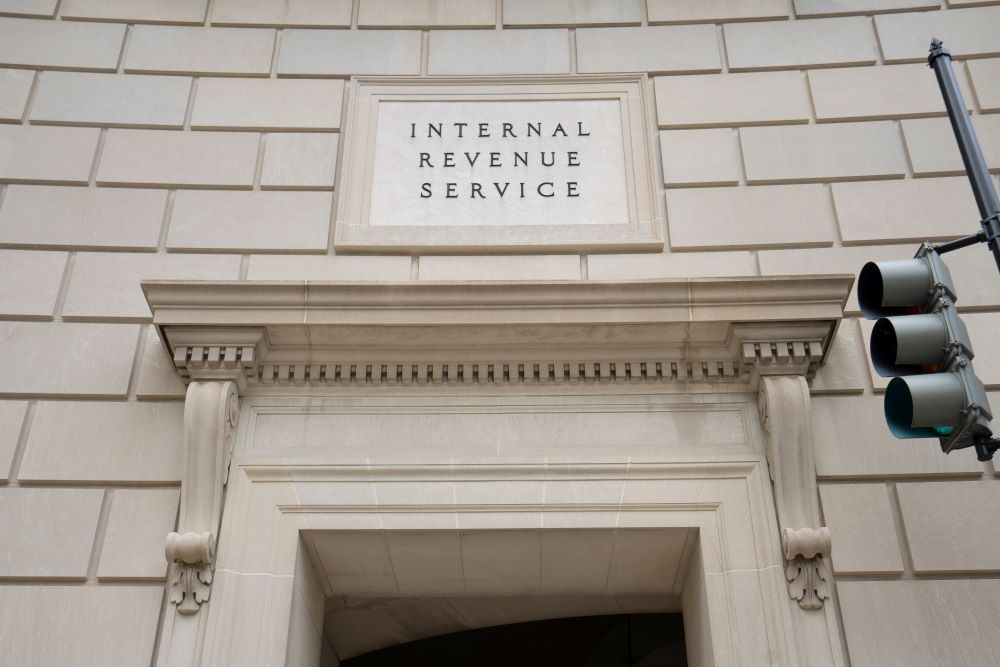
July 1, 2024

Individuals facing emergency personal expenses or domestic abuse can now access retirement plan savings without the 10% penalty for early withdrawals. This useful option is available only for plans which have adopted this optional feature. The new feature, which became effective January 1, 2024, was ushered in through the SECURE Act 2.0 and was recently clarified in IRS Notice 2024-55. The recently published update provides important guidance for those considering enacting this optional feature as part of the company retirement plan. To help clients, prospects, and others, Wilson Lewis has summarized the key points below.
The SECURE Act 2.0 introduced reforms to enhance retirement security for Americans, including new distribution options. The IRS’s guidance offers detailed instructions on how participants can withdraw funds during severe personal or family emergencies without facing the typical 10% penalty, provided their plan sponsor has adopted the provisions.
Typically, withdrawing funds from a retirement plan before age 59½ incurs both regular income tax and a 10% penalty. However, with these new provisions for emergency personal expenses and domestic abuse victim distributions, the 10% penalty is waived, though the withdrawals are still subject to regular income tax.
Emergency personal expense distributions allow individuals to withdraw funds from their retirement accounts to meet unforeseeable or immediate financial needs. Key aspects of this provision include:
For example, Plan C is a 401(k) plan that allows for emergency personal expense distributions, and Employee A participates in this plan. On July 1, 2025, Employee A had $1,500 vested in a Plan C account. Employee A requests an emergency personal expense distribution of $500 on the same day. This is the first time Employee A has asked for such a distribution.
The rules state that Employee A can take an emergency distribution up to the lesser of $1,000 or the amount the account balance exceeds $1,000. Since Employee A’s balance is $1,500, the excess amount is $500 ($1,500 – $1,000). Therefore, Employee A can take a $500 emergency personal expense distribution from Plan C.
The new guidance also addresses distributions for victims of domestic abuse, offering financial flexibility for individuals in such situations. Key aspects include:
Plan sponsors have the option to adopt these new distribution provisions. The flexibility allows sponsors to choose which, if any, of the new provisions to implement, with a deadline of December 31, 2026, for adoption. Key considerations include:
Those who take advantage of these new distribution options must report early distributions on Form 5329, Additional Taxes on Qualified Plans (including IRAs), and Other Tax-Favored Accounts. The Department of the Treasury and the IRS plan to issue additional regulations on the 10% penalty, including the exceptions. They are seeking comments, particularly on the repayment provisions under section 72(t)(2). Stakeholders are encouraged to provide input to help shape the final regulations.
The new IRS guidance provides essential information to employers interested in offering this option to plan participants. Since the regulations are complex, it is essential to consult an advisor to determine how you will be impacted. If you have questions about the information outlined above or need assistance with your next plan audit, Wilson Lewis can help. For additional information, call 770-476-1004 or click here to contact us. We look forward to speaking with you soon.